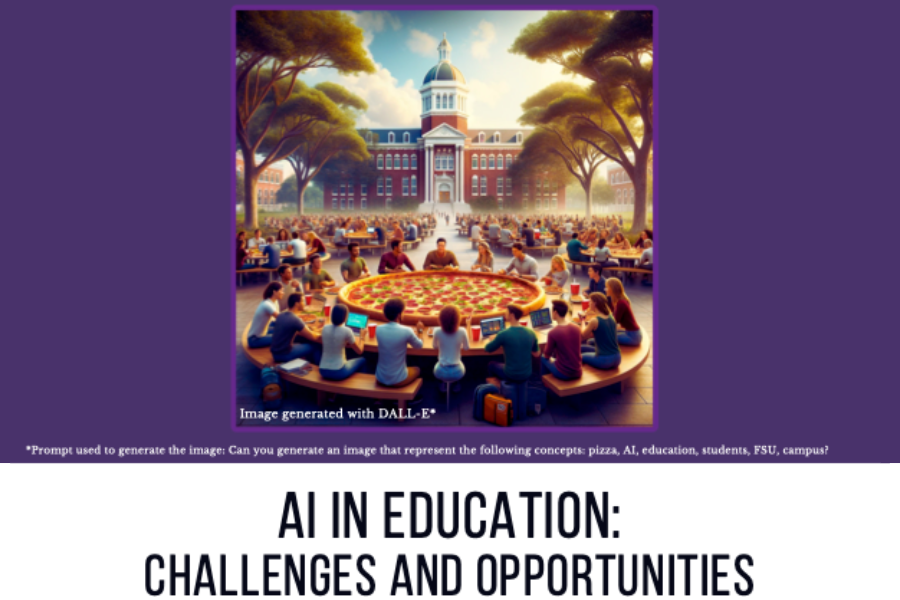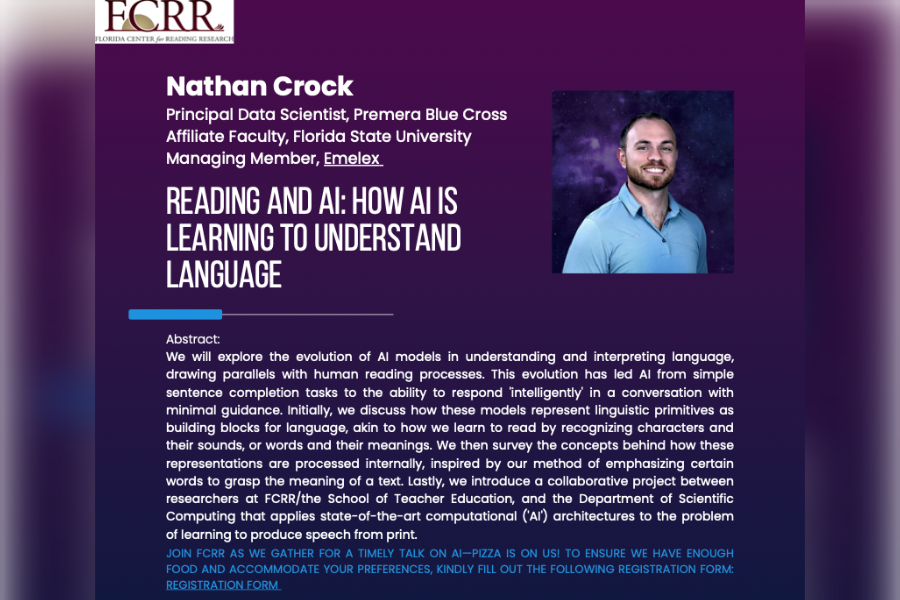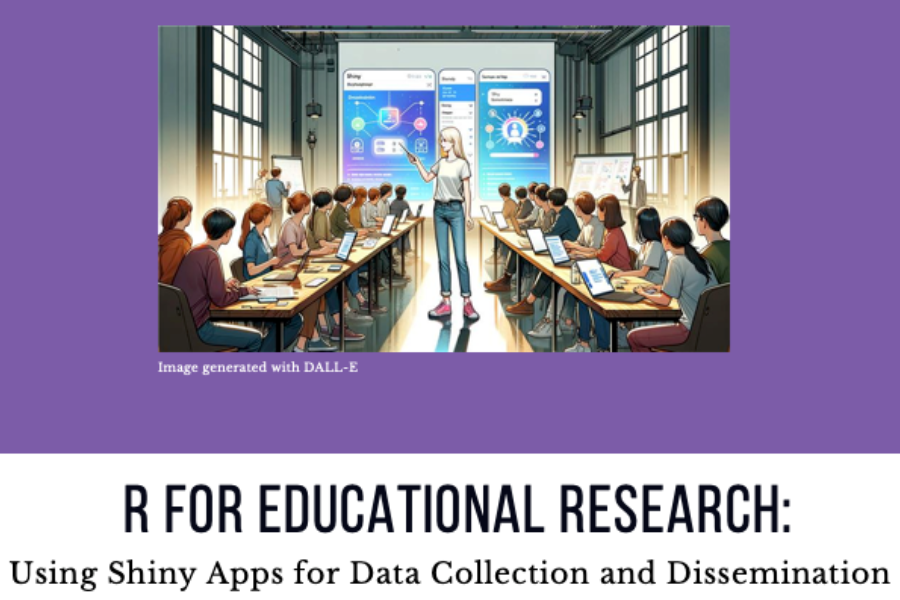AI in Education: Challenges and Opportunities with Dr. Dina Vyortkina
In this discussion, facilitated by Dina Vyortkina, participants explored the transformative impact of generative AI on education, spanning from K-12 to higher education. Dina shared her online collection of AI resources to help attendees enhance their own AI journey. The session included insights into AI developments across various fields at FSU, within the US, and internationally. Participants enjoyed pizza, got excited about the numerous AI opportunities, reflected on its challenges, and exchanged tips on AI prompt engineering
How AI is Learning to Understand Language
In this talk, we explored the evolution of artificial intelligence (AI) in understanding and interpreting language, drawing parallels with human reading processes. Initially, we discussed how AI breaks down language into manageable segments, similar to how we learn to read by recognizing words and their meanings. We then delved into how AI focuses on key elements in sentences, reflecting our own method of emphasizing certain words to comprehend the meaning of a text. This evolution has allowed AI to progress from simple sentence completion to responding intelligently with minimal guidance, demonstrating its growing sophistication in language comprehension. A significant portion of the presentation was dedicated to a collaborative project between FCRR and the Department of Scientific Computing, which aimed to develop an AI model for reading. This model was designed to interpret not only the visual aspect of words but also their phonetic characteristics, mimicking the way humans process written and spoken language simultaneously. To conclude, we discussed recent AI concepts such as autonomous agents and considered the impact of technological advancements on the field of reading and language research.
R for Educational Research: Using Shiny Apps for Data Collection and Dissemination
In this workshop, participants learned about the various uses of shinyapps, including collecting data, creating online supplemental materials for publication, sharing data, visualizing data, and more. Ashley demonstrated a variety of shinyapps, discussed their utility for researchers, and showed how to create a shinyapp. The workshop was open to attendees of all skill levels in R, and those who wanted to participate in the tutorial at the end were encouraged to have R, RStudio, and the shiny package installed beforehand. The goal of the session was to illustrate the potential of shinyapps and inspire attendees to use them in their research, rather than providing all the skills needed to build a fully complex app. However, participants left with the knowledge necessary to build a basic app and the tools (and hopefully motivation) to create more advanced applications.




